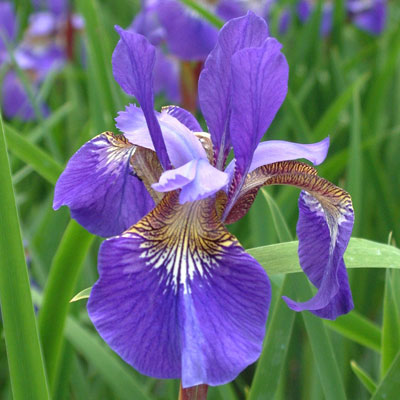

Soups and stews are another conventional way to cook King Blues, as they hold their shape well, and in pastas, supply a unique earthy edge.Book: King Leopold’s Ghost: A Story of Greed, Terror and Heroism in Colonial Africa King Blues are commonly found in Asian cuisine for their rich, umami flavor. Often, this part of the mushroom is removed prior to cooking, and is sometimes referred to as the "heart" of the mushroom. Mycelium at times may form around the stems, but it is not uncommon and a perfectly natural event. King Blue Oysters grow rather quickly and tend to continue growth thereafter harvesting. When prepared in a stir fry, savor both the caps and the stems to incorporate into the vegetables, as well as in combination with the sauce. This mushroom also compliments a sweet flavor to scallops and vegetables. King Blue Oysters are commonly prepared by sautéing with butter and garlic, and accompanied to many dishes such as pasta, soups, sauces, and equally served well as a garnish. Having firm caps and tender stems, they make the perfect companion to pan or deep frying as they hold their composition well, but are cooked in a variety of other techniques. Their taste can be described as a subtle anise flavor, with a mild earthy note. They’re also a great accommodation to heavier proteins such as beef, lamb, or pork. Like both of the King Blue's parents, they have a rich and earthy flavor, with tender stems that compliment vegetarian and vegan dishes especially as a substitute for meat. Nutritional benefits of the King Blue reflect those of the Blue and King Oysters, making it a powerful addition to a collection of diets. Additionally, the Oyster Mushroom contains Antimicrobial and Antiviral elements, protecting against direct and indirect viral activity. This was further studied by the Cancer Research Laboratory, Methodist Research Institute, in Indianapolis, IN, providing supportive evidence on the conclusion that the Oyster mushroom has “potential therapeutic and preventive effects on breast and colon cancer”. It has also been found that the Oyster mushroom has anti-inflammatory properties, and contains non starchy carbohydrates, such as polysaccharides, that may help in preventing the occurrence of a tumor. For those who may require a low fat diet, or are fighting obesity, the King Blue Oyster mushroom is a great option as it attributes accumulation of lipids in the blood. This was suggested due to the statins and lovastatin that became present in the Oyster mushroom. In academic studies, it was found that the Oyster mushroom significantly boosted the immune system and lowered the cholesterol in rats, with the possibility of doing the same for the human body. In addition to the abundance of nutrients, they’re also an excellent source of proteins, amino acids, and potassium, with only 37 calories in one cup of sliced and dried mushrooms. This tasty and meaty mushroom obtains large nutritional content, providing the body with antioxidants, vitamins, and minerals such as:

As the King Blue Oyster shares a similar appearance and culinary characteristic to the King Oyster and Blue Oyster mushroom, their nutritional benefits too have commonality.


 0 kommentar(er)
0 kommentar(er)
